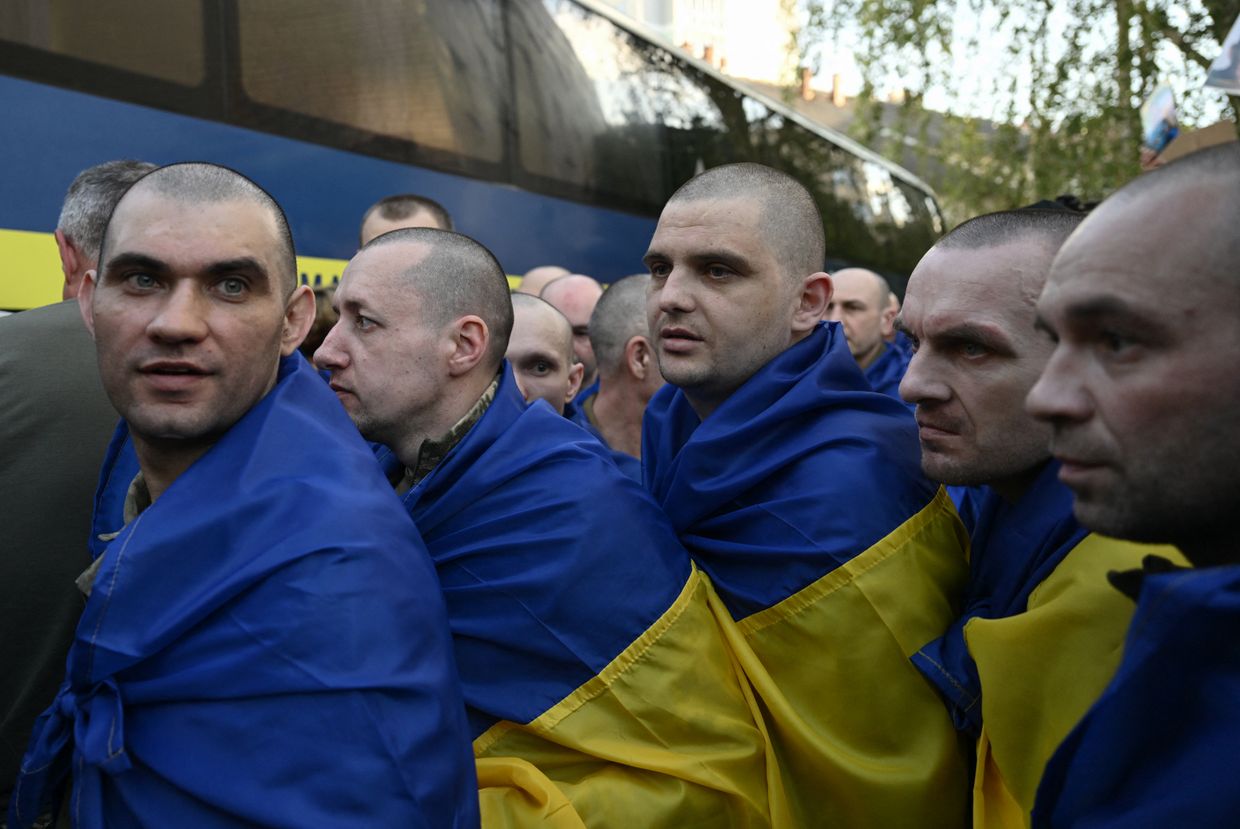Jair Bolsonaro Planned to Seek Asylum in Argentina, Brazil’s Police Say

© Evaristo Sa/Agence France-Presse — Getty Images

© Evaristo Sa/Agence France-Presse — Getty Images

© Doug Mills/The New York Times

© Doug Mills/The New York Times

© Doug Mills/The New York Times

© Pool photo by Adalberto Roque

© Marc Levy/Associated Press

© Michael Terlep/U.S. Forest Service, via Associated Press

© Tierney L. Cross/The New York Times

© Doug Mills/The New York Times

© Doug Mills/The New York Times

© Kent Nishimura for The New York Times

© Thanassis Stavrakis/Associated Press

© Alex Kent for The New York Times

© Tamir Kalifa for The New York Times

© Win McNamee/Getty Images

© Luis Antonio Rojas for The New York Times
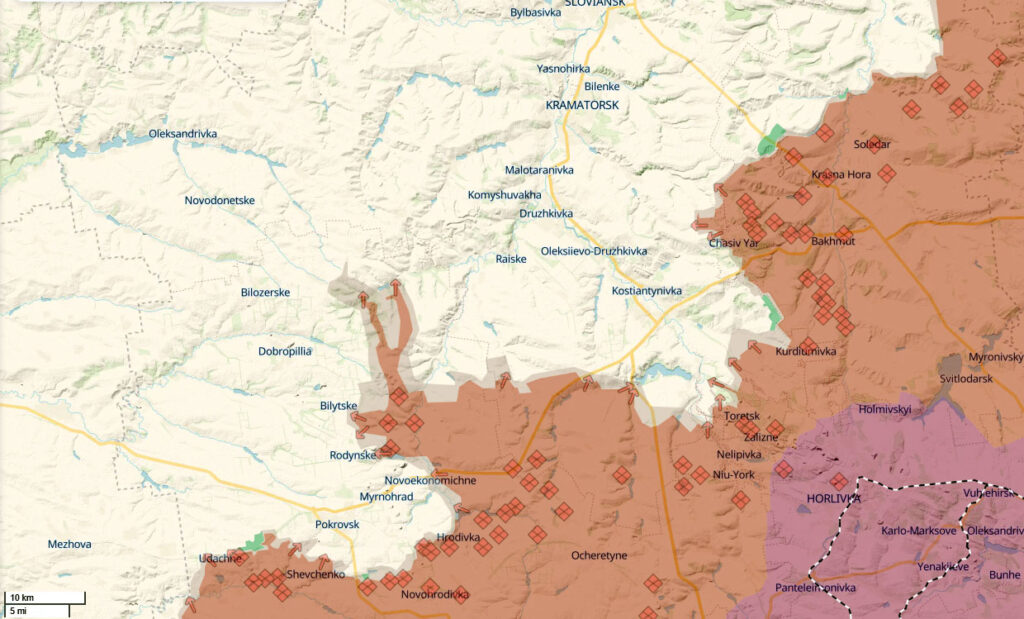
Ukraine’s Dnipro command denies Russian control near Donetsk Oblast’s Dobropillia, saying troops eliminate every enemy infiltrator “in the shortest possible time.” The statement followed OSINT frontline-monitoring project DeepState’s map reporting Russian forces advanced into several settlements in the Pokrovsk sector, threatening key cities.
The Operational-Strategic Grouping of Forces Dnipro, formerly Khortytsia, claims Russian forces attempt to infiltrate Ukrainian positions in the Dobropillia and Pokrovsk directions, but such actions never lead to territorial capture. The command explains that Russian troops, using their numerical advantage and suffering heavy losses, push small groups past the first defensive line.
The Dnipro Grouping acknowledges the situation remains difficult and that fighting in the Pokrovsk sector is among the most intense on the entire front line. However, it claims that all infiltrating Russian groups face destruction in the shortest possible time. The command urges the public not to spread information from unverified or poorly informed sources.
The Dnipro command directly challenges this account, insisting the frontline near Dobropillia and Pokrovsk remains intact despite constant Russian attempts to break through.

© Dado Galdieri for The New York Times

© Raul Arboleda/Agence France-Presse — Getty Images

© Haiyun Jiang/The New York Times

© Haiyun Jiang/The New York Times

Russia launched two Iskander-K missiles and 47 drones overnight, hitting multiple cities and towns in the morning. The Russian strikes left one person dead and four others injured across Dnipropetrovsk Oblast, damaging homes, businesses, and power lines.
Head of the Dnipropetrovsk Oblast Military Administration Serhii Lysak said Russian forces struck Dnipro with two Iskander-K missiles from occupied Zaporizhzhia Oblast early on 9 August. One missile was intercepted, but the other hit an industrial site.
Three civilians — a 41-year-old woman and two men aged 21 and 29 — were hospitalized in moderate condition. The blast destroyed vehicles, damaged a disused building, and set parts of the facility on fire.
Lysak reported that Russian artillery and drones continued attacking Nikopol, Myrivska, Marhanetska, and Pokrovska communities through the night.
In Nikopol, artillery fire killed a 56-year-old woman when her home collapsed. Rescue workers recovered her body from the rubble. A 62-year-old man was seriously injured and taken to hospital.
Six more houses were damaged, one was partially destroyed, and two farm buildings and a power line were hit. In Myrivska community, an FPV drone strike on 8 August set a farm building ablaze and damaged a car.
Attacks also targeted Mezhivska community in Synelnykove district. Lysak said drones struck both a detached house and an apartment building, sparking fires that emergency crews later contained.
In Balakliia, Kharkiv Oblast, the head of the Balakliia City Military Administration, Vitalii Karabanov, said Russian drones struck the city center, damaging residential and nonresidential buildings and igniting a fire.
Suspilne reported that a series of explosions occurred in Chuhuiv, Kharkiv Oblast, overnight.
Ukraine’s Air Force reported that air defenses intercepted 16 of the 47 Shahed-type and decoy drones launched from Russia’s Kursk, Millerovo, and Shatalovo areas, along with one of the two Iskander-K missiles from occupied Zaporizhzhia Oblast.
In total, the Air Force reported that 31 drones hit 15 locations, with Chernihiv, Sumy, Kharkiv, and Donetsk oblasts also coming under attack.
“As of 09:00, air defenses shot down or suppressed an Iskander-K cruise missile, 16 enemy Shahed-type drones, and various types of decoy drones in the north and east of the country. Hits from 31 drones were recorded at 15 locations,” the report reads.
The Institute for the Study of War noted that Russia’s continued strikes on major Ukrainian cities show the Kremlin’s lack of interest in good-faith negotiations. T

© Santiago Ruiz/Agence France-Presse — Getty Images

© F.B.I.
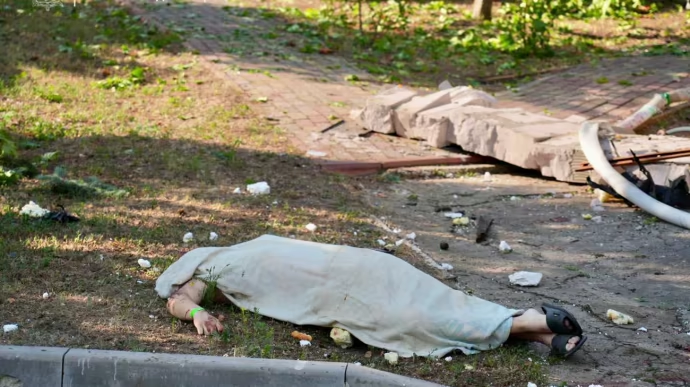
Two people died and 12 others were injured, including children, when Russian forces struck a recreation base in Zaporizhzhia district in the early hours of 6 August, according to Zaporizhzhia Oblast Governor Ivan Fedorov.
The State Emergency Service later clarified that occupying forces had targeted a recreation base specifically.
At least nine buildings sustained damage in the attack. Emergency services worked at the scene, with rescue workers transporting the wounded and handing them over to emergency medical teams while evacuating other people from the area.
Among the nine hospitalized were two children. “Both are under medical supervision, one is in serious condition,” Fedorov said in a subsequent update.
Emergency responders worked to extinguish fires that broke out in an outbuilding, vehicles, and five separate blazes across open territory. The attack damaged nine single-story holiday cottages at the recreation facility.
The assault formed part of broader overnight Russian attacks across Ukraine. In Dnipropetrovsk Oblast, Russian occupying forces struck Nikopol and Synelnykivsk districts during the night, damaging an enterprise, residential building, and infrastructure, regional head Serhiy Lysak said.
Ukrainian Air Forces reported that Russia launched 45 Shahed-type strike drones and decoy drones of various types from the evening of 5 August. Air defense systems destroyed or suppressed 36 Russian drones across northern, southern, and eastern Ukraine.
Russian forces launched the drones from the directions of Kursk and Primorsko-Akhtarsk in Russia, and from Cape Chauda in temporarily occupied Crimea. Aviation, anti-aircraft missile forces, electronic warfare units, unmanned systems units, and mobile fire groups of Ukraine’s Defense Forces repelled the air attack.

© Victor Moriyama for The New York Times

© Evaristo Sa/Agence France-Presse — Getty Images

© Sophie Park for The New York Times
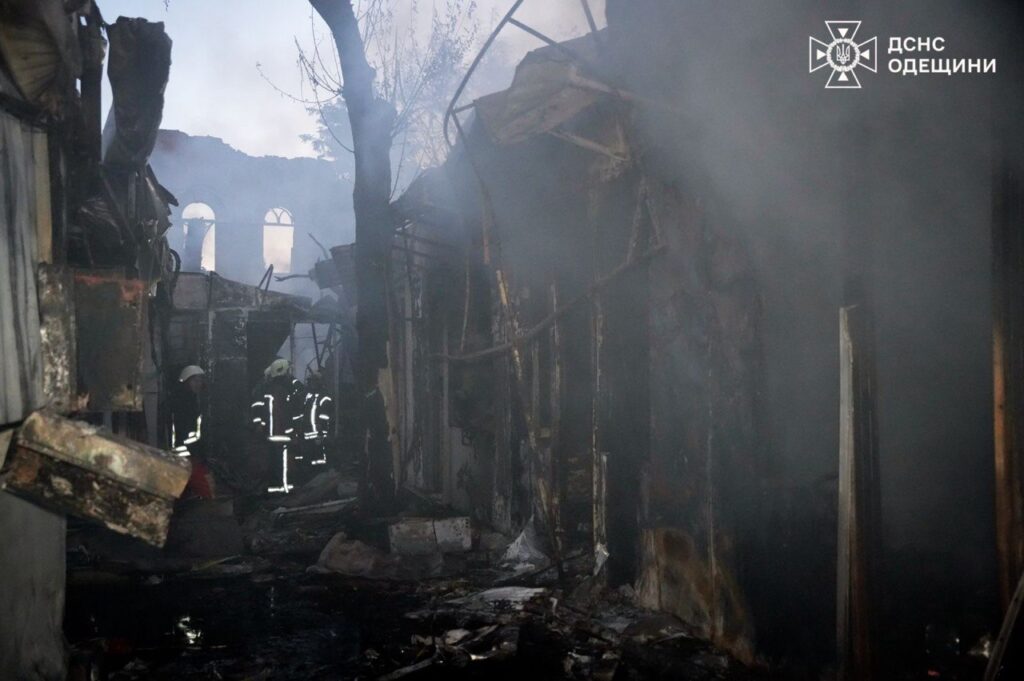
Russian forces launched a night assault on Ukraine using missiles, drones and guided aerial bombs, according to Air Force data.
Three people were injured in Russian shelling of Dnipropetrovsk Oblast, including a 4-month-old infant who remains in critical condition, Dnipro Oblast Governor Serhii Lysak said.
Nikopol, Marhanets, Myrivska, Pokrovska communities were under Russian fire.
According to Lysak, Russian forces shelled the Nikopol area with artillery, attacked with FPV drones and dropped ammunition from UAVs. A transport company in Marhanets was damaged during the assault.
The attacks extended beyond Dnipropetrovsk Oblast. In Kherson Oblast, one person died in Russian artillery fire on Antonivka village.
“From early morning, Russians cut short the life of a Kherson Oblast resident, for a man born in 1979,” Kherson Oblast Governor Oleksandr Prokudin said.
In Odesa, a strike on a radio market sparked fires that destroyed dozens of trading pavilions containing electronics and household appliances, the State Emergency Service reported. A separate fire erupted at an abandoned dormitory.
The Russian military regularly attacks Ukrainian oblasts with various types of weapons, killing civilians and destroying hospitals, schools, kindergartens, energy and water supply facilities.
The Ukrainian authorities and international organisations qualify these strikes as war crimes by the Russian Federation and emphasise that they are of a targeted nature.

© Dado Galdieri for The New York Times

© Timothy A. Clary/Agence France-Presse — Getty Images

© Victor Moriyama for The New York Times

© Victor Moriyama for The New York Times

© Victor Moriyama for The New York Times

© Federico Rios for The New York Times

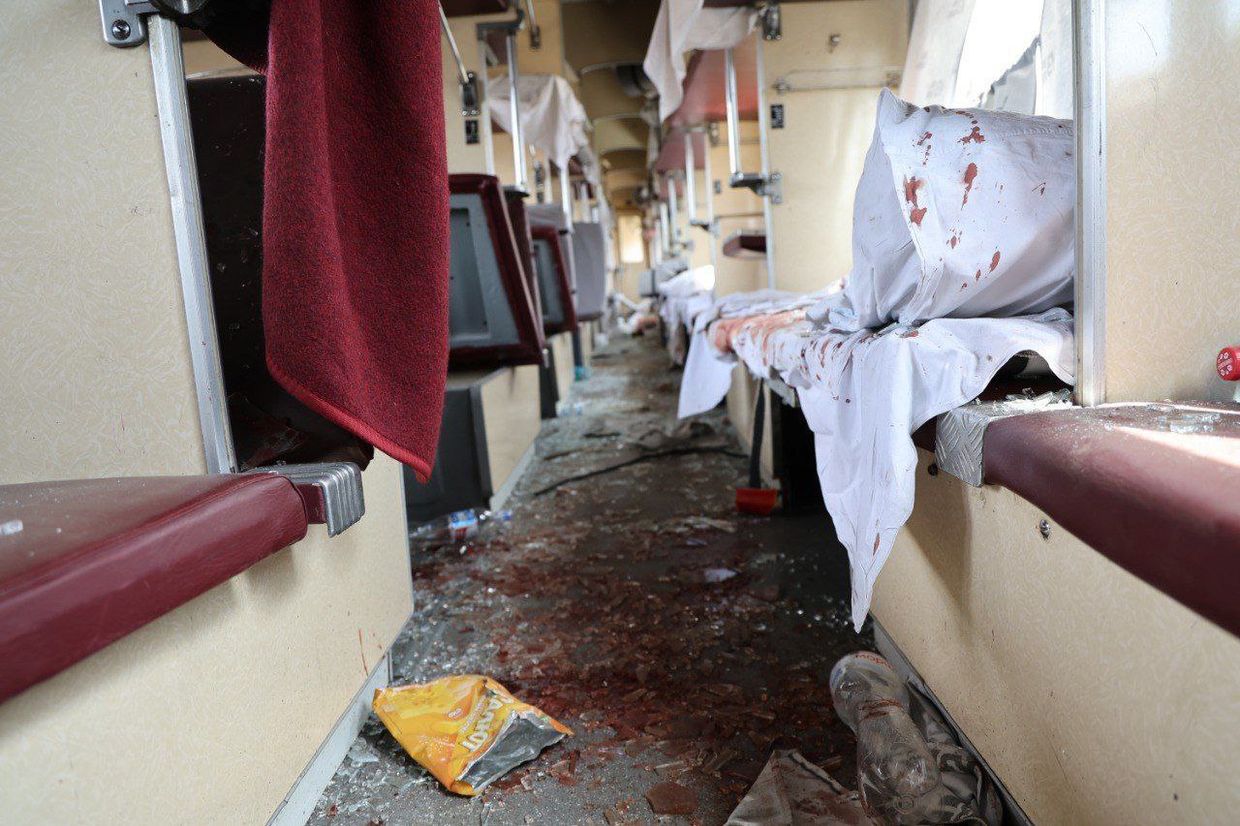
Editor's note: This is a developing story and is being updated.
Russia launched a deadly missile attack on the Ukrainian city of Dnipro on June 24, striking civilian infrastructure and a passenger train, killing at least 17 people and injuring scores of others, local officials reported.
Dnipropetrovsk Oblast Governor Serhii Lysak said the morning strike ignited a large fire and also damaged a dormitory, a gymnasium, and an administrative building in the city.
The Russian military also struck the nearby town of Samarske, Lysak said. Casualties were reported in both locations.
"Unfortunately, there are dead and wounded everywhere," he said.
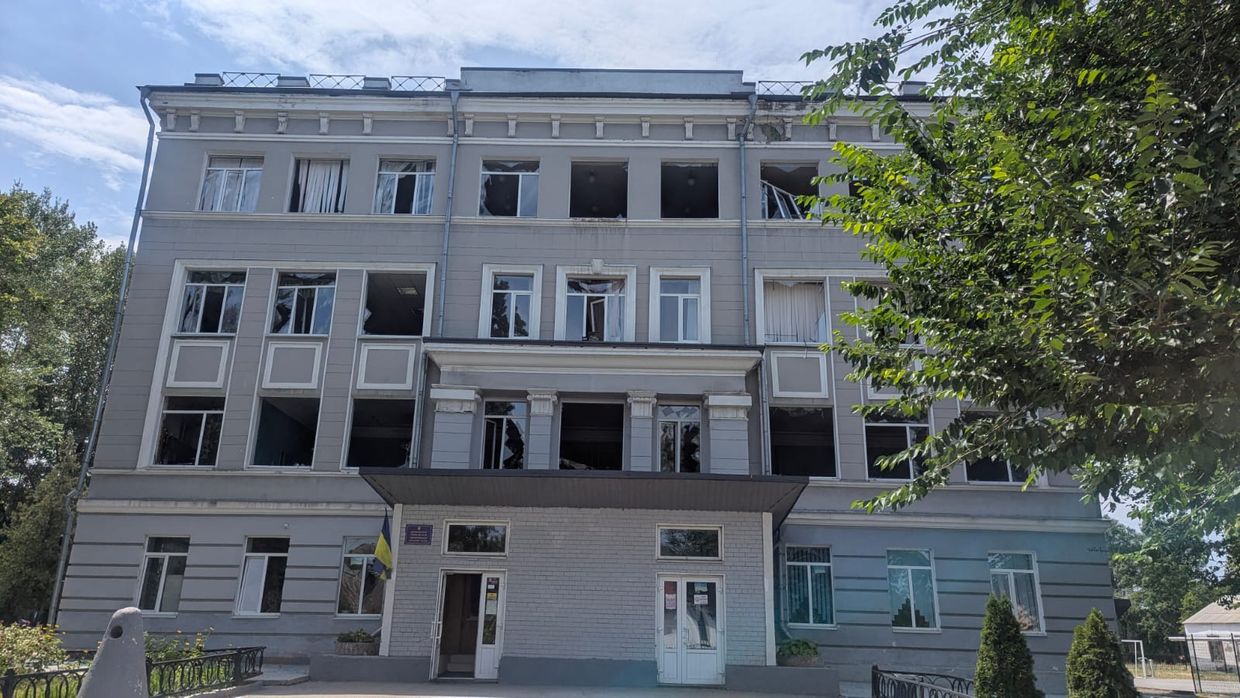
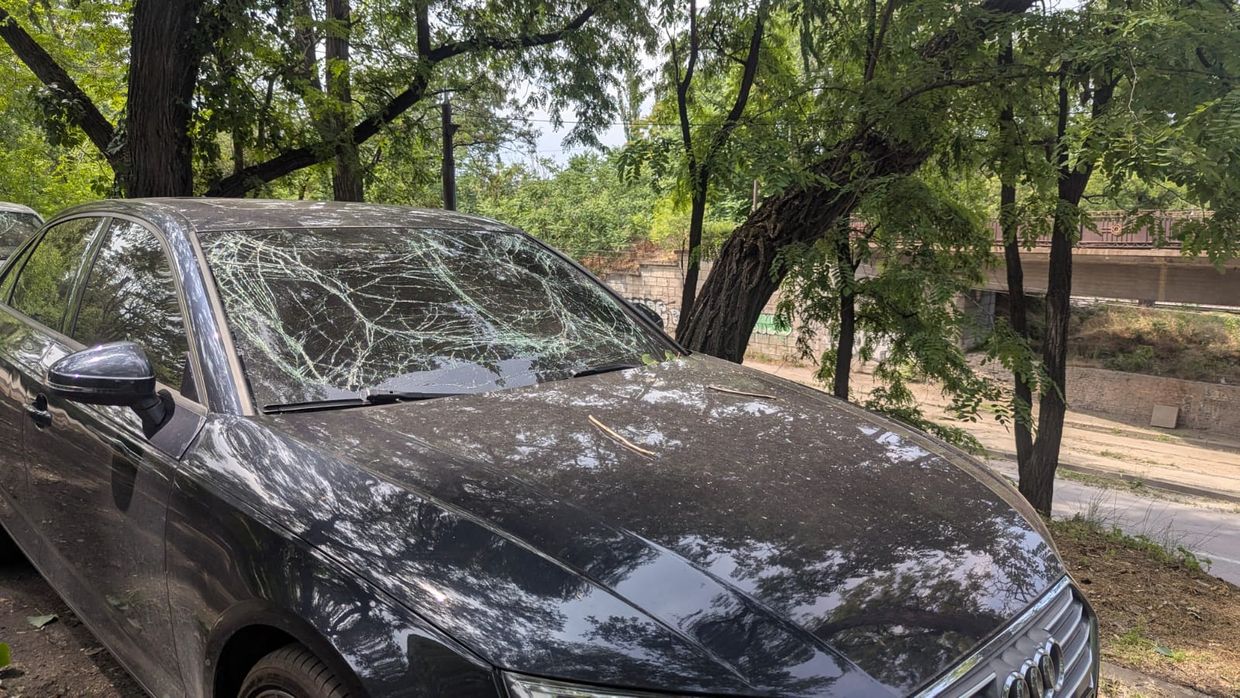
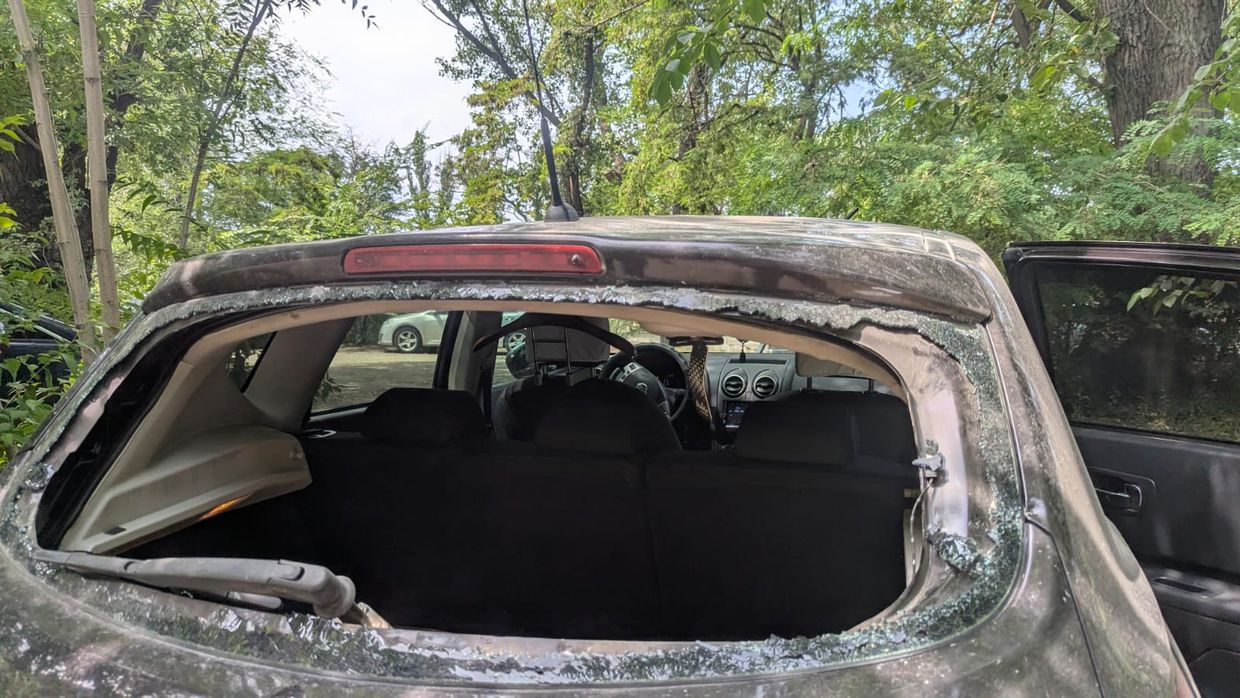
In Samarske, two people were killed, and 14 injured. Eight were hospitalized, with half of them in critical condition.
"As of now, more than 160 people are known to have been injured. Unfortunately, 11 people have died," President Volodymyr Zelensky said in a post on social media, adding: "The rubble is still being cleared, so the death toll may, unfortunately, increase."
Around 8:30 p.m. local time, the death toll rose to 17, while the number of wounded increased to 279, including 27 children, Lysak reported.
Almost a hundred of the victims remain in hospital, according to Lysak.
Ukraine's national railway company, Ukrzaliznytsia, said that a train traveling from Odesa to Zaporizhzhia was damaged in the attack.
"Ukrzaliznytsia is preparing a replacement train in Dnipro to evacuate passengers to Zaporizhzhia," the company said in a statement.
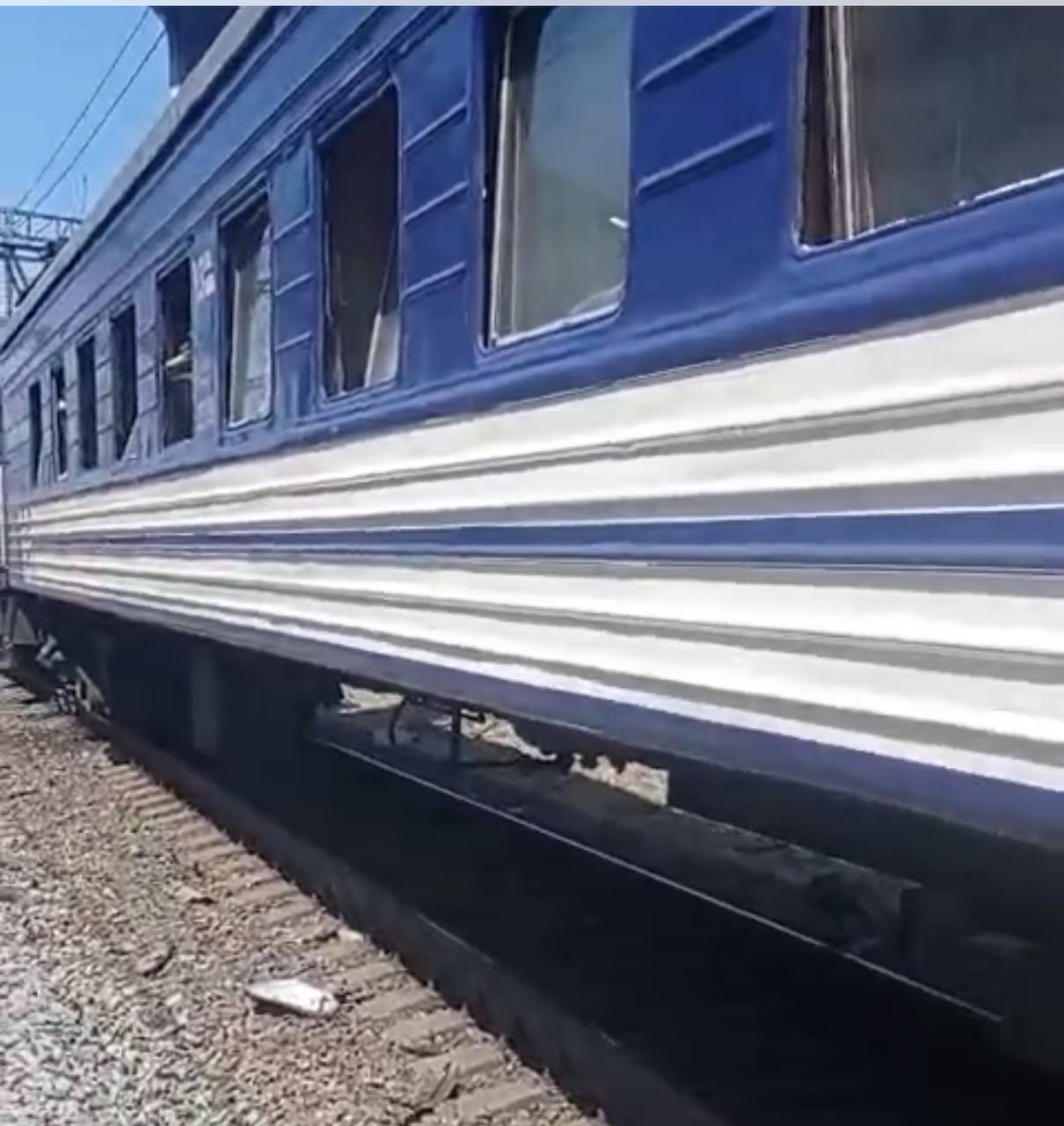
In an update, Ukrzaliznytsia said no passengers or railway workers were killed in the attack, though several people sustained injuries and are receiving medical care.
The attack came as NATO leaders convened for a high-level summit in The Hague. NATO Secretary General Mark Rutte warned on June 23 that Russia remains the alliance's most immediate and long-term threat.
 The Kyiv IndependentDaria Shulzhenko
The Kyiv IndependentDaria Shulzhenko